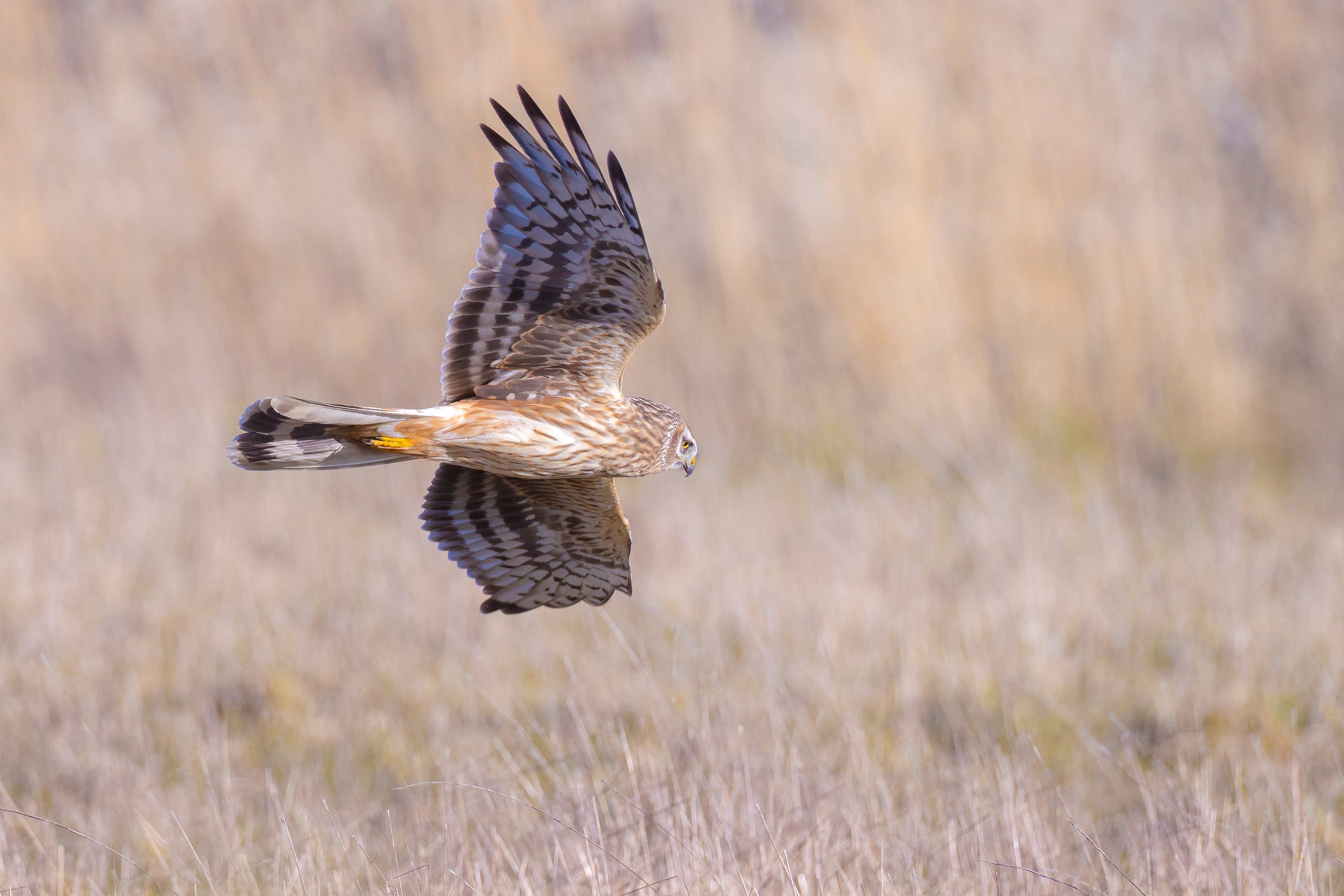Image Credit: sandermeertinsphotography/123rf.com
In a significant advancement for wildlife conservation, RSPB Geltsdale, located in the North Pennines of England, has expanded its area by a third, now encompassing over 5,500 hectares (13,590 acres). This makes Geltsdale the largest bird sanctuary in the country, enhancing its role as a vital habitat for numerous rare and endangered bird species.
The reserve, which ranges from the valley floor to the summit of Cold Fell at 640 meters, is already home to various bird species, including curlews, golden plovers, merlins, and ring ouzels. Notably, Geltsdale is one of the few nesting sites for the hen harrier, a bird of prey facing severe population declines due to illegal hunting and habitat losses. In a positive development, eight hen harrier chicks successfully fledged at the sanctuary last year, indicating a hopeful trend in their recovery.
The recent acquisition allows the Royal Society for the Protection of Birds (RSPB) to manage the entire reserve effectively, facilitating comprehensive conservation initiatives. This management strategy aims to create a cohesive sanctuary that supports a diverse range of habitats, benefiting many bird species. The reserve also hopes to attract golden eagles in the future as restoration efforts continue.
A unique aspect of Geltsdale is its integration of conservation efforts with sustainable farming practices. The sanctuary operates a working farm, and future rewilding initiatives will focus on harmonizing agricultural activities with natural ecosystems. One innovative approach being introduced is the use of invisible fencing, which employs GPS-enabled collars for cattle. This technology helps maintain boundaries without the risks associated with traditional fencing, thereby protecting vulnerable bird species.
In addition to supporting biodiversity, the Geltsdale project plays a crucial role in climate change mitigation. Restoration efforts include rehabilitating peatlands, removing artificial drainage systems, and halting harmful heather burning practices. These initiatives contribute to carbon sequestration, enhancing the landscape’s capacity to absorb carbon dioxide. The restoration of natural stream courses within the reserve also improves local ecosystems, benefiting fish spawning and attracting predators like ospreys.
The expansion of RSPB Geltsdale not only enhances its immediate environmental impact but also serves as a model for future conservation efforts across the UK. By demonstrating the effectiveness of large-scale rewilding and innovative land management strategies, Geltsdale stands as a testament to what can be achieved in the realm of wildlife conservation and sustainable agriculture.
Check out the original article here: Source link



